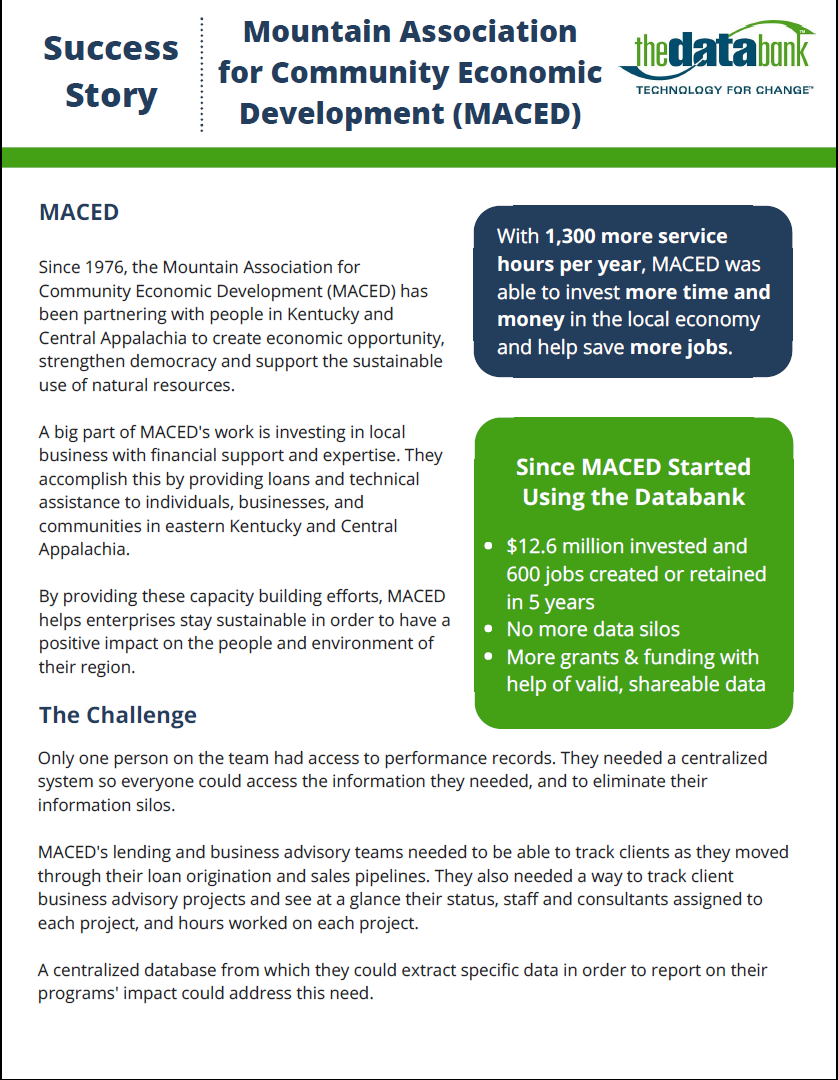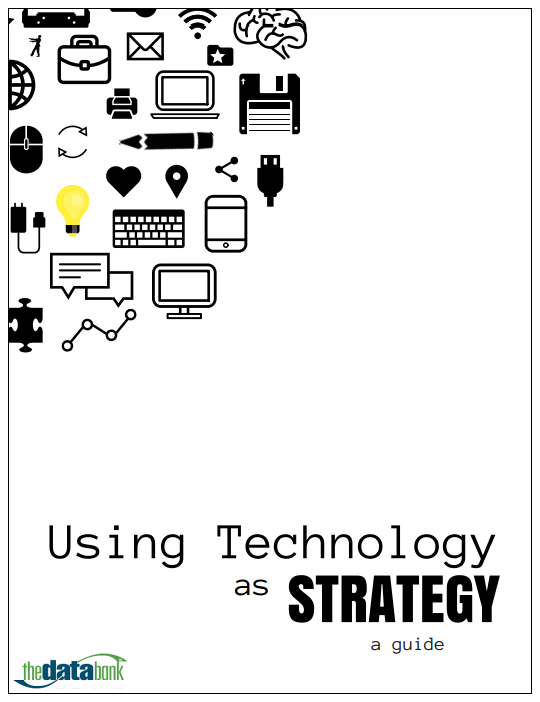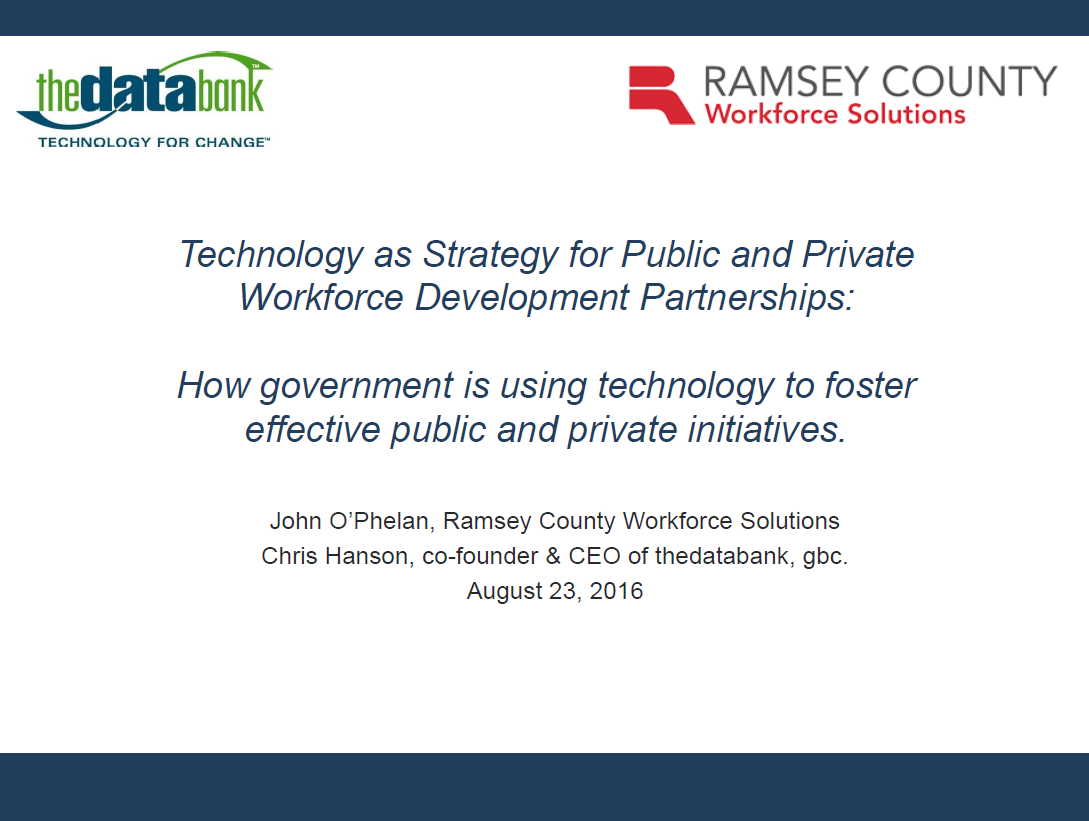Understanding why you need to do it
Everything we read or hear about in the social service sector these days is filled with references to “impact” in some way. We can barely turn around and we’re confronted with admonitions about how we must do this or that to create greater impact. But a person can go to ridiculous lengths searching for a clear roadmap of just where we’re supposed to be going relative to “impact”. “Isn’t it enough just to do a good job at what we do?” some say.
While it might be great to just worry about serving our clients and constituents each day, the reality is that in today’s funding environment, organizations have to find ways to demonstrate with data how their programs are making a difference. The days of relying strictly on simple anecdotal stories to point to our results are passing quickly, if not completely over. Not that these stories aren’t important – they are – they’re simply insufficient.
Funders are being asked by their boards and big donors to tell them more specifically how the money they’re investing in various causes (like yours) is transforming society and helping people. And frankly, this is largely due to the fact many chronic social challenges seem to be worse today even after decades of social investment to end these problems. So, if demonstrating our impact is now essential to attract the funding we need, how do we go about redesigning our organizations to show our impact?
Working with your team to determine what your impacts are
There’s only one straightforward way to get your arms around the process of impact measurement, and that’s to embrace the exercise required, and then set aside the time needed to complete it. It’s entirely possible that your organization is also in need of addressing other strategic questions or concerns, so this process could fit inside that larger conversation if you’re already in the midst of it. If not, then you may consider finding an outside resource (e.g. MAP for Nonprofits, N.A.F., etc.) specializing in strategy planning to help you. For purposes of this article, I’m assuming you have a current strategic plan you’re working against. So let’s take a look at the process:
Building the process into existing staff meetings or gatherings can be the easiest approach.
- Replace an existing recurring agenda item that is lower priority, or add time to the existing meeting. Either way, allow at least 45 minutes for this conversation each time you gather for the next 6 weeks.
- It’s important up front to share with staff the larger strategic reason why dedicating time to this exercise is important to fulfilling the mission of the organization. While it’s easy to ‘blame’ funders for demanding this information, the truth is most organizations are able to make valuable improvements to their mission delivery once they start examining closely what outcomes they’re saying they want to produce. The added clarity gained, especially by senior leaders, often illuminates inefficiencies that can easily be corrected by the team, which then allows for better results to show up.
Establish clear statements of the organization’s desired outcomes.
- What do we say our outcomes should be?
- List them all out first, and then rank them if possible from greatest to least impact (if it’s appropriate or relevant, you can create two lists, one for community impact and one for individual impact, as your outcomes may apply to one or the other, or both)
- How do we describe what success looks like when our programs are working?
- What indicators do we use to tell they’re working? Are they sufficient, or do we need others?
- Who wants these outcomes and why? Some choices: funders, community members, individuals being served, government, staff, etc.
- Of these audiences, to whom do the outcomes matter most?
- Do we understand why our outcomes matter to these audiences?
- What do these audiences require or ask of us in terms of our demonstration or reporting of our effectiveness?
Sort out how best to gather the information you need to track progress (or lack thereof) on the outcome goals you identified.
- Evaluate the existing systems or structures you have in place for collecting program information. What tools are you using (e.g. Excel sheets, paper forms, post it notes, etc.) to gather the information?
- What is the frequency that the data is gathered (e.g. daily, weekly, monthly, etc.)?
- Are there outcomes you identified that were important but for which you are not gathering data?
- How consistently is the data being gathered, or what do you believe the accuracy of the information to be?
Chances are, like most organizations, you’ll find that there are some new processes that must be established to ensure you’re collecting the right data on your programs. Figuring out how to add these into or on top of existing processes may be difficult for some, as staff is usually already at capacity. We’re here to help – so we’d welcome your questions.






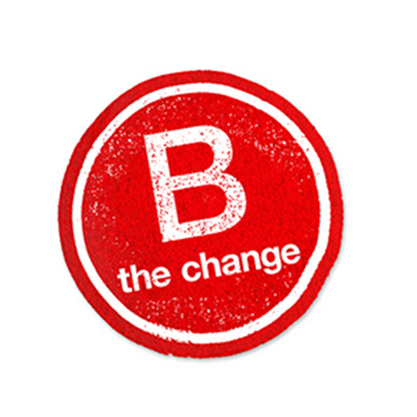


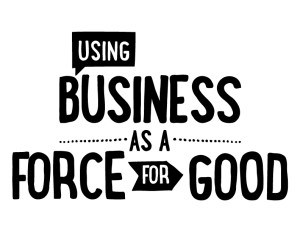
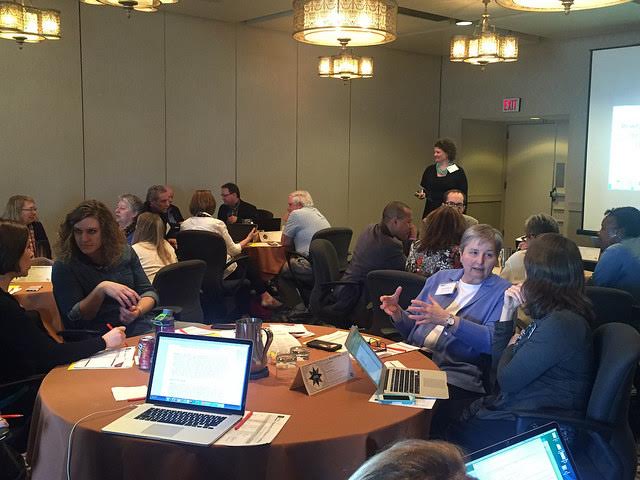
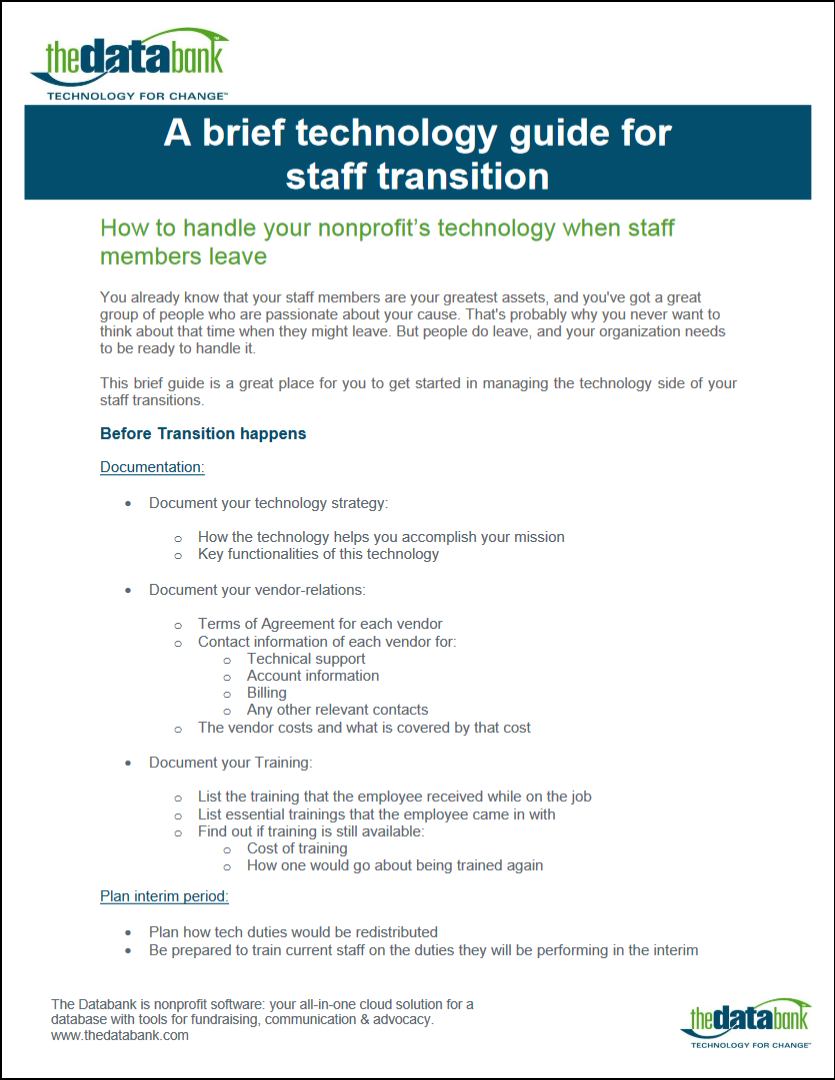

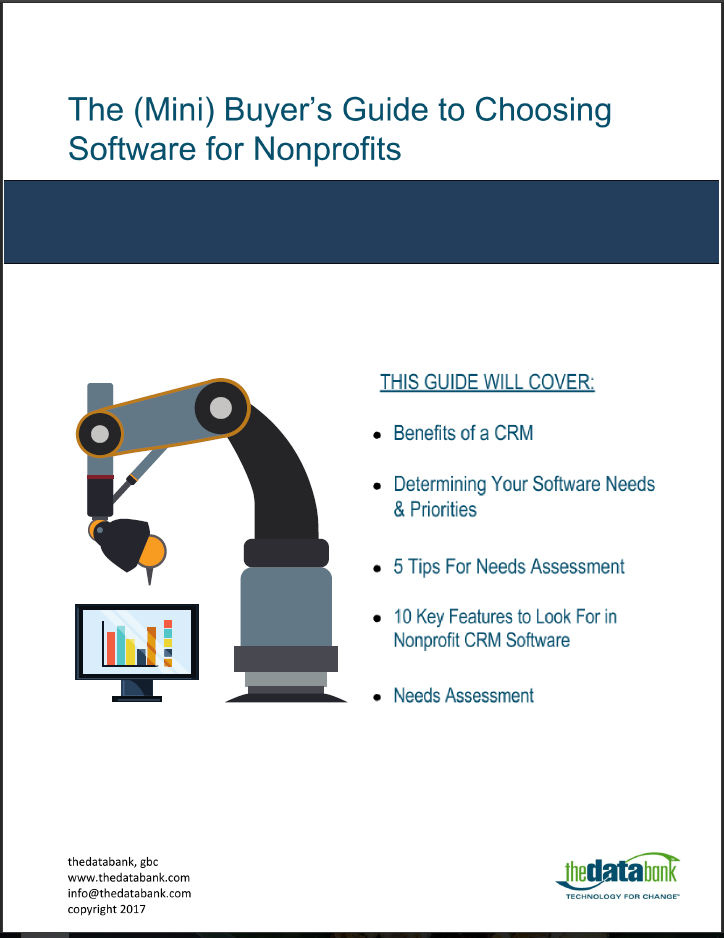
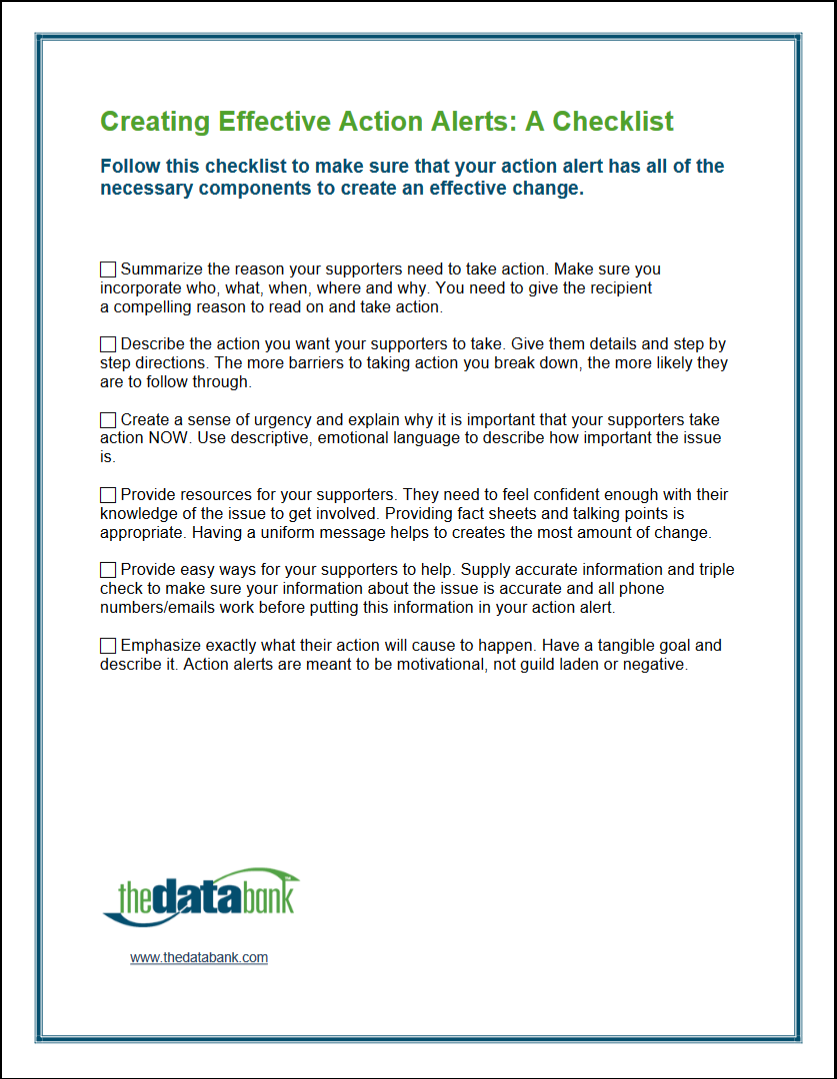

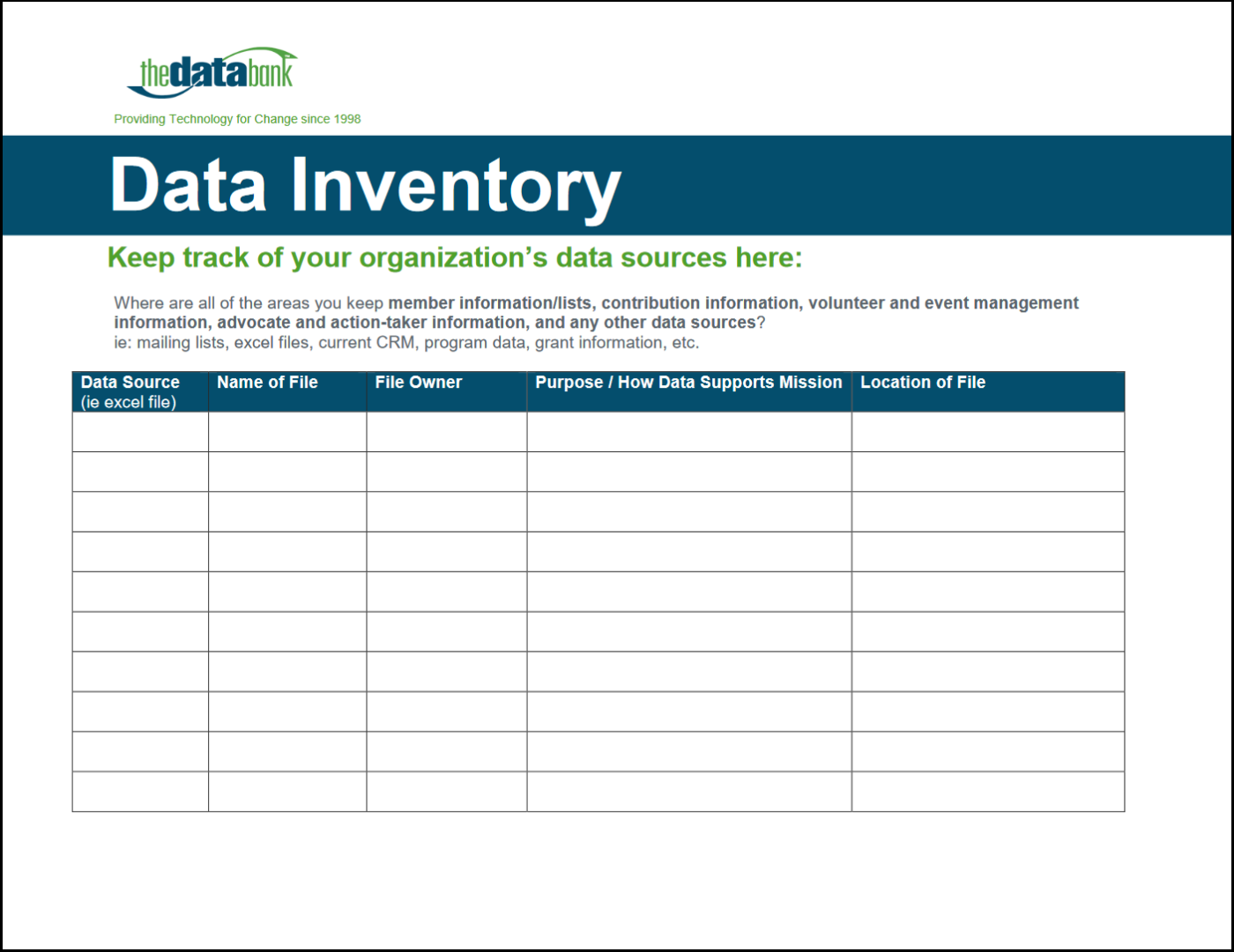


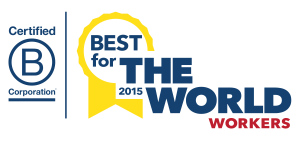

 thedatabank, gbc is technology for change, and we walk the talk.
thedatabank, gbc is technology for change, and we walk the talk. 